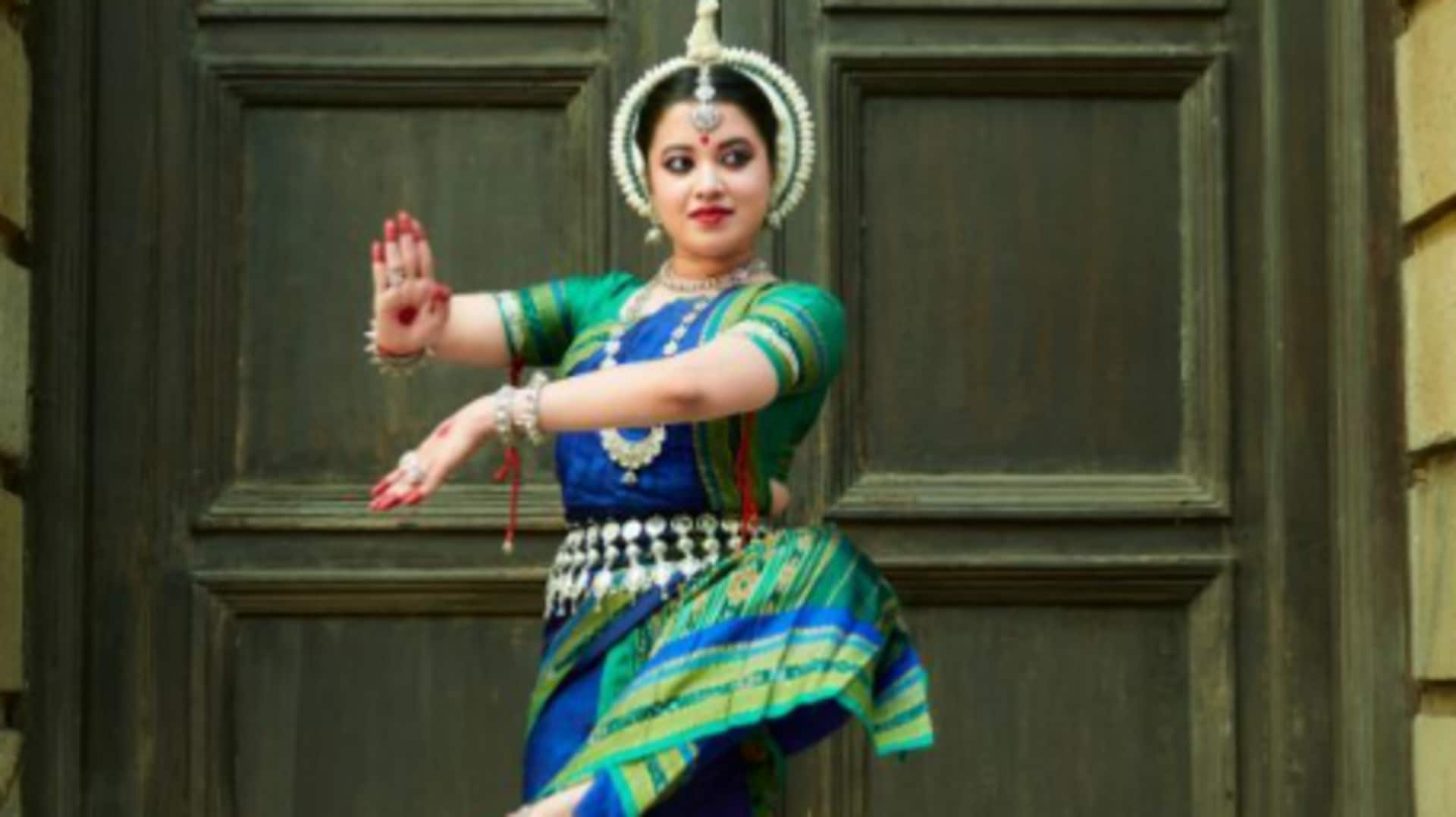
Surprising facts about Indian classical dance forms
What's the story
Indian classical dance forms are a beautiful blend of history, culture, and tradition. While most people are aware of the more popular elements of these dances, there are a number of lesser known facts that provide a better insight into how complex and beautiful they really are. These facts showcase the nuances that make each dance form unique and special in their own way.
Hand gestures
The role of mudras in storytelling
Mudras or hand gestures, are an integral part of Indian classical dance forms. They aren't just for show but are an important weapon of telling a story. Every has its own meaning and can express emotions, actions, or objects in the act. This form of non-verbal communication enables dancers to narrate difficult tales without saying a word.
Emotional essence
Importance of rasa in performance
Rasa refers to the emotional essence or flavor that is evoked during a performance. In Indian classical dance, there are nine primary rasas: love, humor, sorrow, anger, heroism, fear, disgust, wonderment, and peace. The dancer's ability to evoke these emotions is central to the art form's impact on the audience.
Physical harmony
Connection between dance and yoga
Many Indian classical dances like Bharatanatyam and Odissi are closely knit with yoga practices. Both the disciplines emphasize physical discipline and mental concentration. The movements and postures in these dance forms bear a striking resemblance to yoga asanas, which assists in promoting flexibility, balance, and improving concentration. This synergy between dance and yoga emphasizes the holistic approach towards art and wellness in Indian culture.
Cultural diversity
Influence of regional traditions
Each Indian classical dance form is heavily influenced by the regional traditions of its origin, making for a colorful combination of cultural diversity. For example, kathak, which originated in North India, reflects the grace of the Mughal era through its detailed footwork and swift spins. Meanwhile, kuchipudi, which originated in Andhra Pradesh, incorporates local folklore and religious stories into its performances, creating a lively depiction of regional identity.
Visual representation
Use of costume as symbolism
Costumes in Indian classical dance are much more than just eye-catching costumes; they are full of symbolism. The colors can express the mood or a particular god or goddess, adding to the narrative of the dance. Moreover, particular ornaments are chosen to signify the position or character of the characters being enacted on stage. This further adds to the narrative and visual treat for the audience.